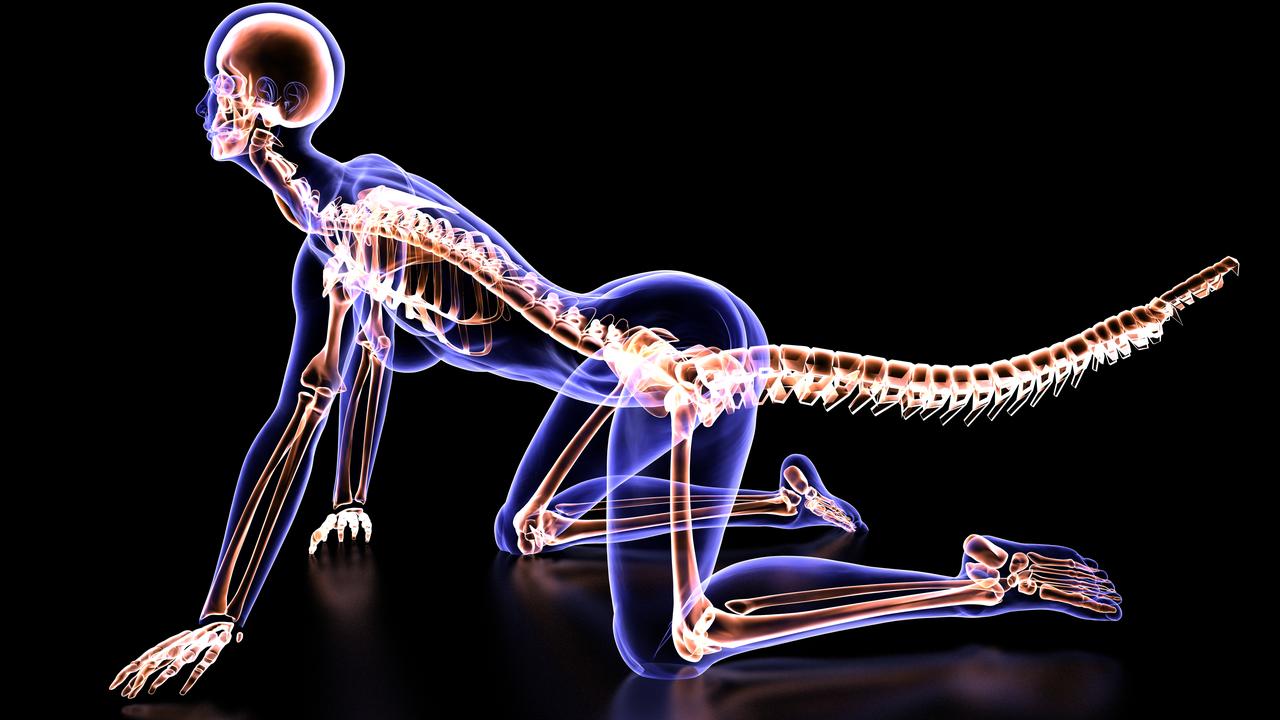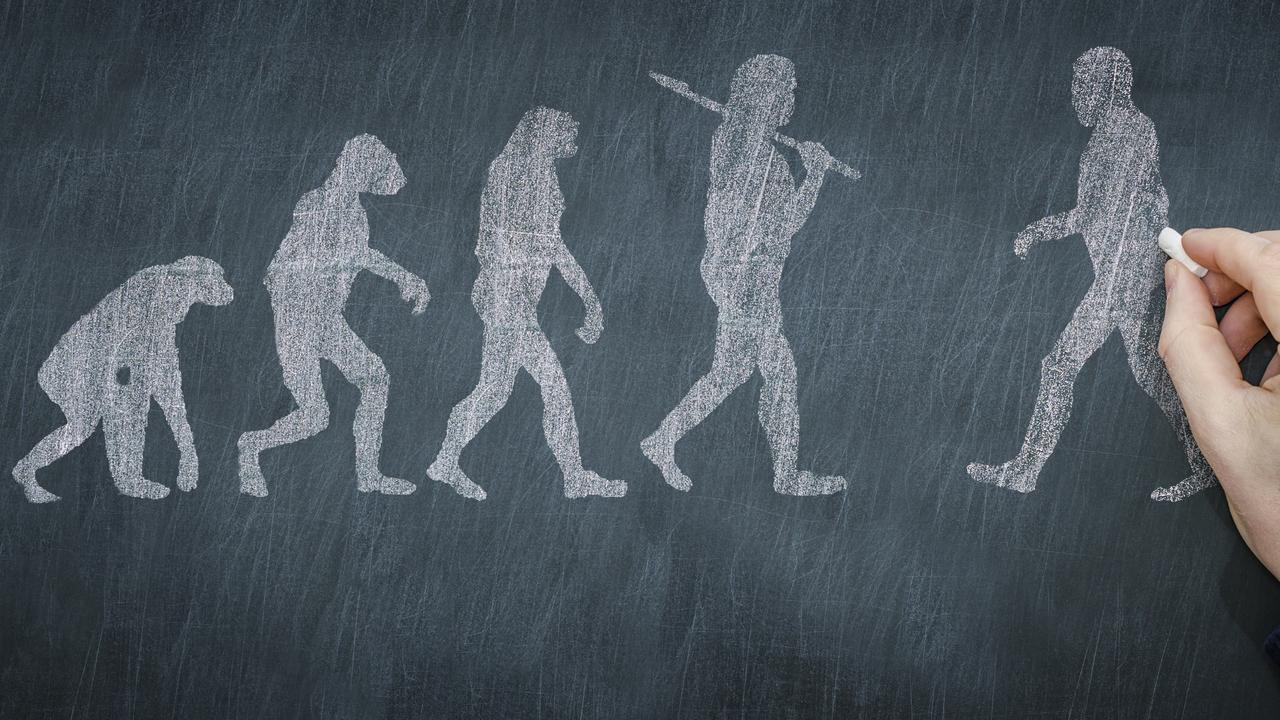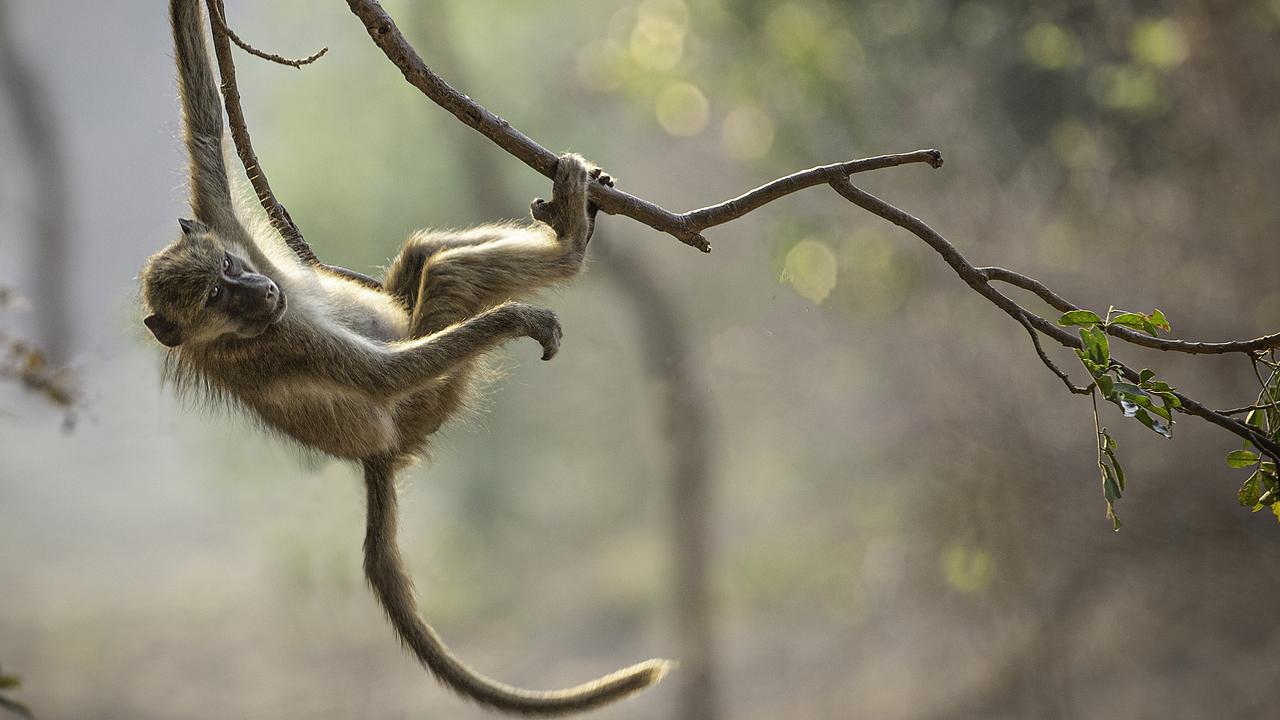New research explains one reason why humans don’t have tails like our ancient animal ancestors
Researchers have identified an important genetic tweak that could explain why humans are tailless despite evolving from monkeys millions of years ago

READING LEVEL: GREEN
Our ancient* animal ancestors* had tails, so why don’t humans?
Somewhere around 20-25 million years ago, when apes started to look different to monkeys, they lost their tails.
From the time of Charles Darwin, the British naturalist* who revealed his theory of evolution* in 1859, which included how humans developed from apes, scientists have wondered why — and how — this happened.

Now, researchers have identified at least one of the key genetic* tweaks that led to this change.
“We found a single mutation* in a very important gene*,” said Bo Xia, a geneticist at the Broad Institute and co-author of a study published in February in the journal Nature.
The researchers compared the genetics of six species* of apes, including humans, and 15 species of monkeys with tails to find key differences between the groups.
Once they identified a significant difference, they tested their theory by using the gene-editing tool CRISPR to tweak the same spot in mouse embryos*. Those mice were eventually born without tails.
Xia cautioned that other genetic changes may have also played a role in losing tails.
Two questions this raises, is did having no tails actually help these ape ancestors — and eventually, humans — survive? Or was it just a chance genetic change in a population that thrived* for other reasons?
“It could be random chance, but it could have brought a big evolutionary advantage,” said Miriam Konkel, an evolutionary geneticist at Clemson University, who was not involved in the study.
Fascinating theories on how it helped include some that link being tailless to humans eventually learning to walk on two feet.
Rick Potts, who directs the Smithsonian Institution’s Human Origins Project and was not involved in the research, suggests being tailless may have been a first step toward some apes adopting an upright* body posture*, even before they left the trees.

Not all apes live on the ground today. Orangutans and gibbons are tailless apes that still live in trees. But Dr Potts noted that they move very differently than monkeys, who scamper* along the tops of branches, using their tails for balance.
Gibbons and orangutans hang below branches, swinging between them while hanging largely upright.
New York University biologist Itai Yanai, a co-author of the study, said that losing our tails was clearly a major change. But he said the only way to know the exact reason why it happened “would be to invent a time machine”.

POLL
GLOSSARY
- ancient: belonging to the very distant past and no longer in existence
- ancestors: a person, typically older than a grandparent, from whom one is descended
- naturalist: a natural history expert
- evolution: the process by which different kinds of living organism are believed to have developed from earlier forms during the history of the earth
- genetic: relating to genes or the passing on of characteristics in a family (see below)
- gene: Exists inside our cells and determine what traits are passed down from a mother and father to their child such as eye colour, height, and hair colour
- mutation: a change or mistake in a living thing’s genetics
- species: a group of similar organisms that are able to reproduce
- embryos: the early developmental stage of an animal while it is in the egg or within the uterus of the mother
- thrived: grew and developed successfully
- upright: vertical
- posture: the position in which we hold our head, neck, back, and spine
- scamper: to move in a hurry
EXTRA READING
Bloodsucking evolution of mozzies
Ivory trade led to tuskless elephants
Meet your two-million-year-old ‘cousin’
QUICK QUIZ
1. How many years ago did apes begin to change from monkeys?
2. What is the theory of evolution and who revealed it?
3. How did scientists make the mice lose their tails?
4. Name the two tailless apes that still live in trees.
5. What do monkeys use their tails for?
LISTEN TO THIS STORY
CLASSROOM ACTIVITIES
1. What Would Happen?
What would happen if every human woke up tomorrow with a tail?
Write a story about it.
Time: allow at least 30 minutes to complete this activity.
Curriculum Links: English.
2. Extension
Do you know how human beings evolved or developed over time? Imagine that you have been asked to create an illustrated timeline that will be included with this Kids News story. Use your knowledge, or your research skills, to create a timeline, with pictures, that will help Kids News readers to understand how humans evolved or developed.
Time: allow at least 40 minutes to complete this activity.
Curriculum Links: English, Science, History.
VCOP ACTIVITY
1. To sum it up
After reading the article, use your comprehension skills to summarise in a maximum of three sentences what the article is about.
Think about:
- What is the main topic or idea?
- What is an important or interesting fact?
- Who was involved (people or places)?
Use your VCOP skills to re-read your summary to make sure it is clear, specific, and well punctuated.

